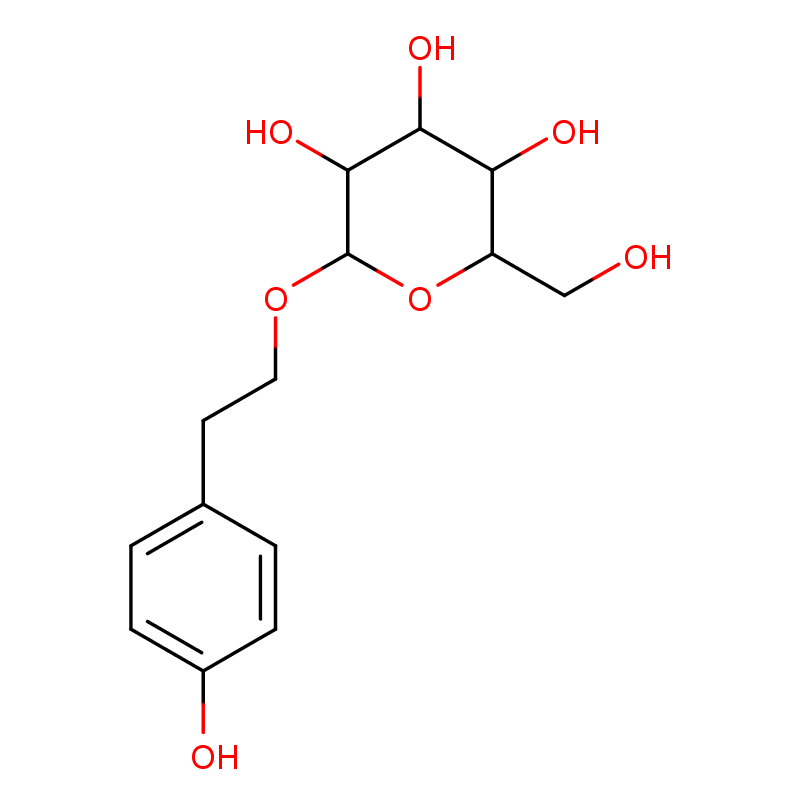Products > Organic Chemicals

Terephthalic acid Cas : 100-21-0
Name Terephthalic acid Synonyms PTA Terephthalic a P-Phthelic Acid p-Phthalic acid 1,4-phthalicacid Terephthalic acid acideterephtalique Acide terephtalique Kyselina terftalova 1,4-dicarboxybenzene Kyselina tereftalova acideterephtalique(french) Benzene-p-dicarboxylic acid Benzene-1,4-dicarboxylic acid (1aR,1bS,4aR,7aS,7bS,8R,9R,9aS)-4a,7b,9,9a-tetrahydroxy-3-(hydroxymethyl)-1,1,6,8-tetramethyl-1,1a,1b,4,4a,7a,7b,8,9,9a-decahydro-5H-cyclopropa[3,4]benzo[1,2-e]azulen-5-one CAS 100-21-0 EINECS 202-830-0 InChI InChI=1/C8H6O4/c1-9-5-13-18(24,15(9)22)7-11(8-21)6-12-14-17(3,4)20(14,26)16(23)10(2)19(12,13)25/h5-6,10,12-14,16,21,23-26H,7-8H2,1-4H3/t10-,12+,13-,14-,16-,18-,19-,20-/m1/s1 100-21-0 - Physico-chemical Properties Molecular Formula C8H6O4 Molar Mass 166.13 Density ...
Read more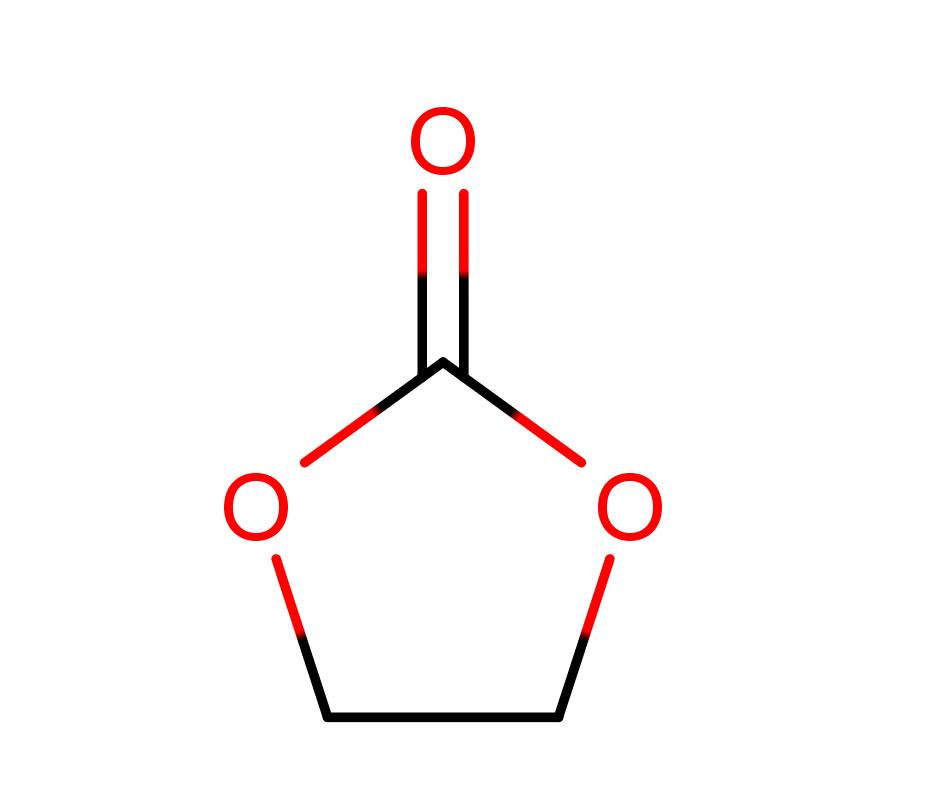
Ethylene carbonate Cas : 96-49-1
Name Ethylene carbonate Synonyms Ethylencarbonat 1,3-Dioxolan-2-one Ethylene carbonate Cyclic ethylene ester ETHYLENE CARBONATE (EC) cyclicethylenecarbonate 2-hydroxyethyl carbonate Cyclic ethylene carbonate carbonicacid,ethyleneester carbonicacid,cyclicethyleneester Carbonic acid, cyclic ethylene ester CAS 96-49-1 EINECS 202-510-0 InChI InChI=1/C3H4O3/c4-3-5-1-2-6-3/h1-2H2 InChIKey KMTRUDSVKNLOMY-UHFFFAOYSA-N 96-49-1 - Physico-chemical Properties Molecular Formula C3H4O3 Molar Mass 88.06 Density 1.321g/mLat 25°C(lit.) Melting Point 35-38°C(lit.) Boling Point 243-244°C740mm Hg(lit.) Flash ...
Read more
1,3-Propane sultone Cas : 1120-71-4
Name 1,3-Propane sultone Synonyms 1,3-PS PROPANE SULTONE Propane sultone 1,3-Propanesulton 1,3-PROPANESULTONE 1,3-Propanesultone 1,3-Propane sultone 2-Mercapto thiazoline 1,2-Oxathiolane-2,2-dioxide 1,2-Oxathiolane 2,2-dioxide 1,2-OXATHIOLANE, 2,2-DIOXIDE 3-HYDROXY-1-PROPANE SULFONIC SULTONE 3-HYDROXYPROPANESULFONIC ACID SULTONE 3-HYDROXY-1-PROPANESULFONIC ACID SULTONE 3-HYDROXYPROPANESULFONIC ACID GAMMA-SULTONE 3-HYDROXY-1-PROPANESULFONIC ACID GAMMA-SULTONE 3-Hydroxy-1-propanesulfonic acid gamma-sultone 3-Hydroxy-1-propanesulphonic acid gamma-sultone 3-Hydroxy-1-propanesulfonic acid (gamma) sultone 1,2-OXATHIOLANE 2,2-DIOXIDE (1,3-PROPANE SULTONE) CAS 1120-71-4 EINECS 214-317-9 InChI InChI=1/C3H6O3S/c4-7(5)3-1-2-6-7/h1-3H2 InChIKey FSSPGSAQUIYDCN-UHFFFAOYSA-N 1120-71-4 - Physico-chemical Properties Molecular Formula ...
Read more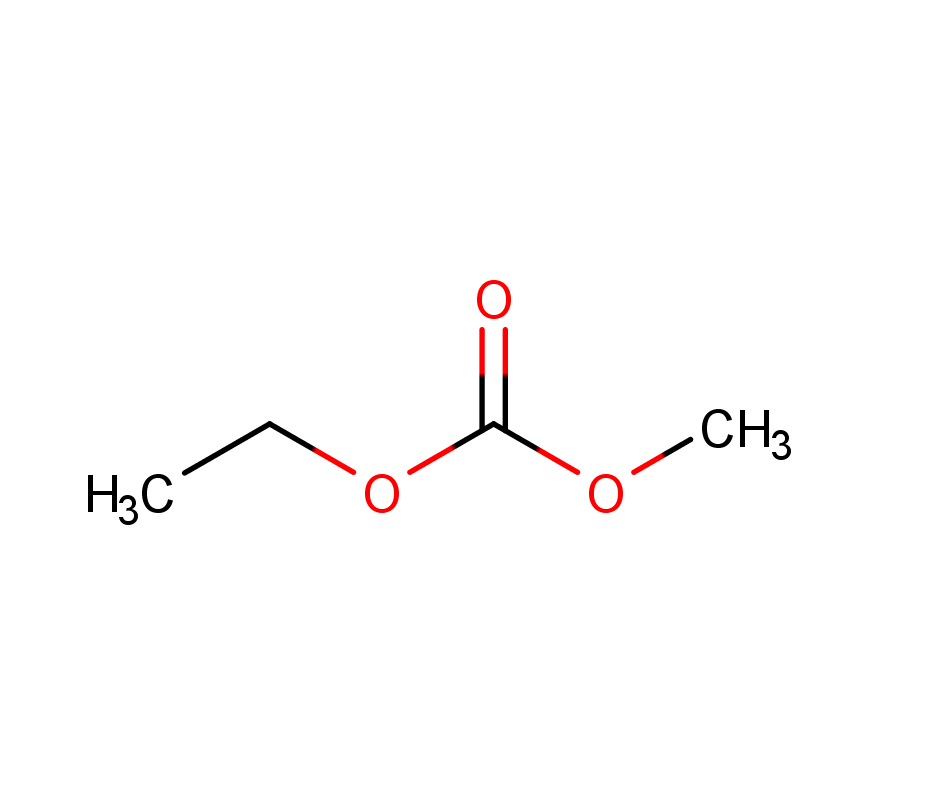
Methyl ethyl carbonate Cas :623-53-0
Name Methyl ethyl carbonate Synonyms EMC Methylethylcarbonate ETHYL METHYL CARBONATE Methyl ethyl carbonate Ethyl Methyl Carbonate EthylMethylCarbonate(Emc) Carbonic acid ethyl methyl Carbonic acid methyl ethyl Carbonicacidethylmethylester Ethoxyacetic acid, methyl ester Carbonic acid ethyl methyl ester CARBONIC ACID ETHYL METHYL ESTER carbonicacidethylestermethylester CAS 623-53-0 EINECS 208-760-7 InChI InChI=1/C4H8O3/c1-3-7-4(5)6-2/h3H2,1-2H3 623-53-0 - Physico-chemical Properties Molecular Formula C4H8O3 Molar Mass 104.1 Density 1.006 g/mL at 25 °C Melting Point -14.5℃ Boling Point 107 °C Flash Point 23°C ...
Read more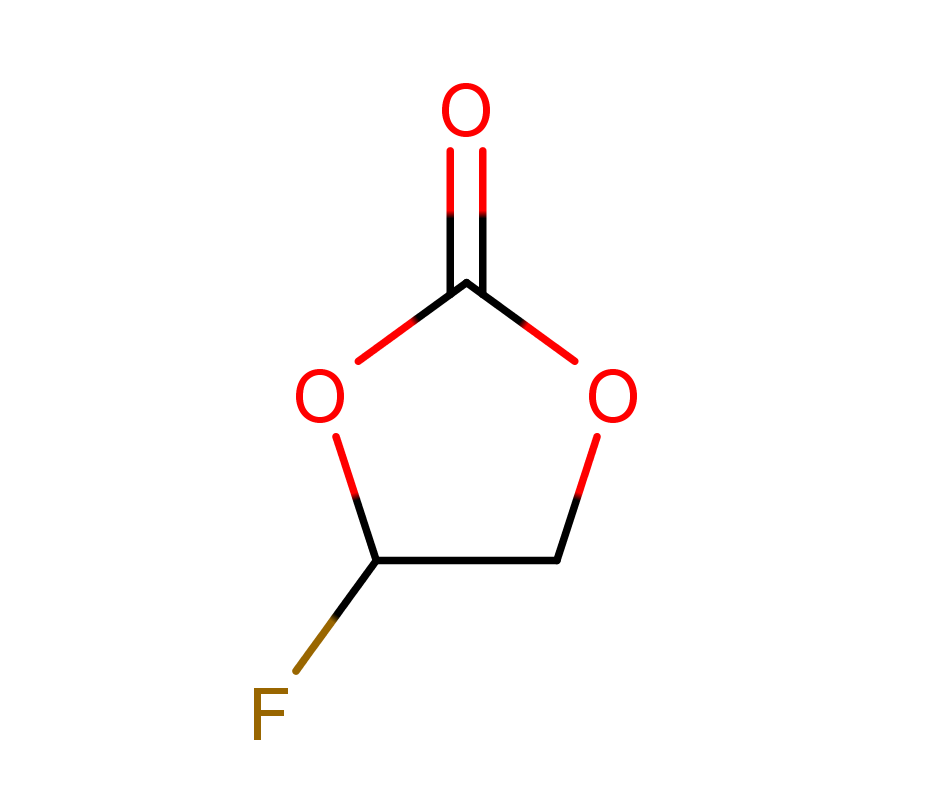
4-Fluoro-1,3-dioxolan-2-one Cas :114435-02-8
Name 4-Fluoro-1,3-dioxolan-2-one Synonyms FEC FloroEthylene carbonate Fluoroethylene Carbonate FLUOROETHYLENE CARBONATE 4-Fluoroethylene Carbonate 4-Fluoroethylene carbonate 4-FLUORO-1,3-DIOXALAN-2-ONE 4-Fluoro-1,3-dioxolan-2-one 4-Fluoro-1,3-Dioxalan-2-One 4-FLUORO-1,3-DIOXOLAN-2-ONE FLUOROETHYLENE CARBONATE (FEC) Fluoroethylene Carbonate (FEC) [(2R,3S,5S)-3-hydroxy-5-[(5S)-5-methyl-2,4-dioxo-1,3-diazinan-1-yl]oxolan-2-yl]methyl [hydroxy(phosphonooxy)phosphoryl] hydrogen phosphate CAS 114435-02-8 EINECS 483-360-5 InChI InChI=1/C3H3FO3/c4-2-1-6-3(5)7-2/h2H,1H2 114435-02-8 - Physico-chemical Properties Molecular Formula C3H3FO3 Molar Mass 106.05 Density 1.454 Melting Point 18-23 °C Bolin ...
Read more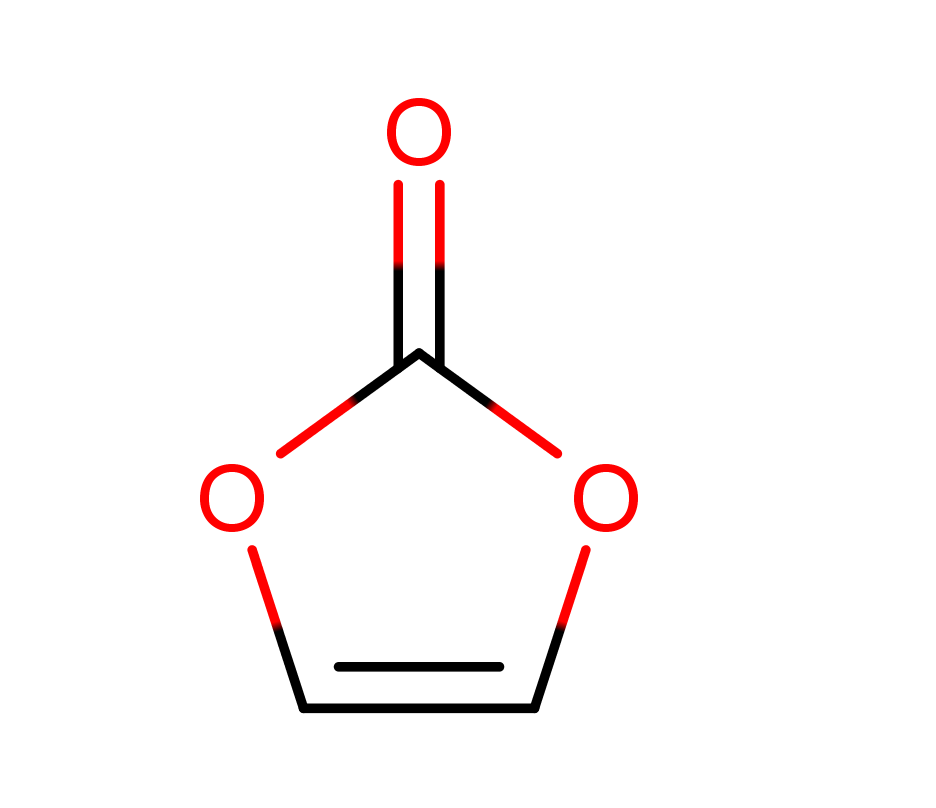
Vinylene carbonate Cas : 872-36-6
Name Vinylene carbonate Synonyms Vinyl Carbonate 1,3-Dioxo-2-one 1,3-dioxol-2-one Vinylene carbote Vinylenecarbonate WITH HYDROQUINONE Vinylene carbonate The ethylene carbonate CAS 872-36-6 EINECS 212-825-5 InChI InChI=1/C3H2O3/c4-3-5-1-2-6-3/h1-2H InChIKey VAYTZRYEBVHVLE-UHFFFAOYSA-N 872-36-6 - Physico-chemical Properties Molecular Formula C3H2O3 Molar Mass 86.05 Density 1.360g/mLat 20°C Melting Point 19-22°C(lit.) Boling Point 162°C(lit.) Flash Point 163°F Water Solubility 11.5 g/100 mL Sol ...
Read more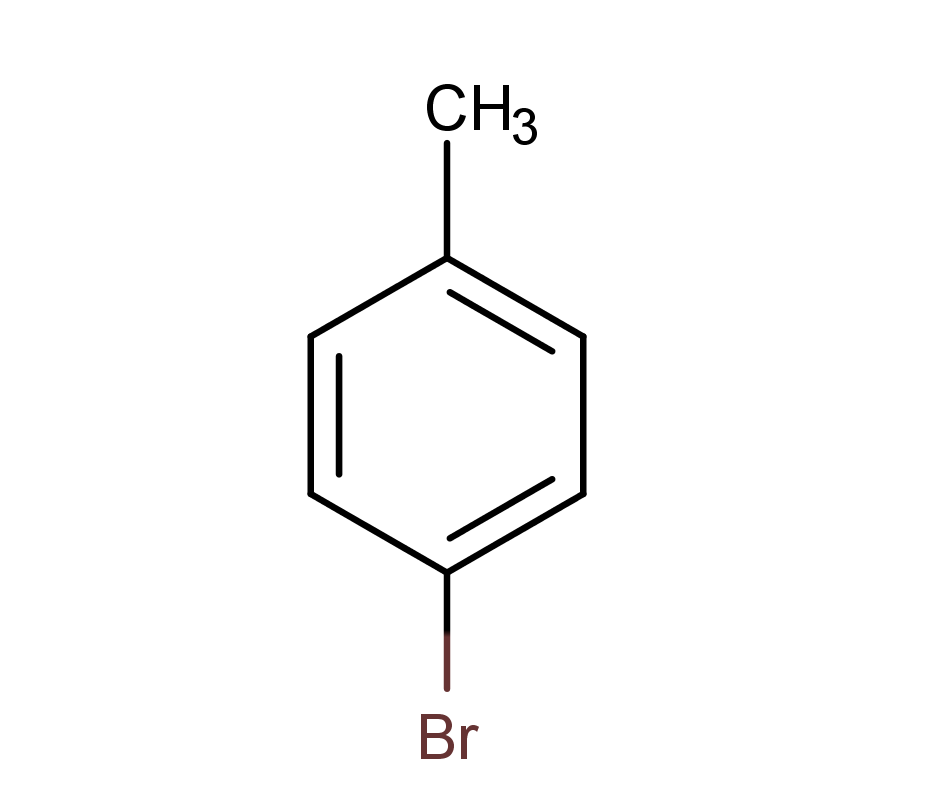
4-Bromotoluene Cas : 106-38-7
Name 4-Bromotoluene Synonyms ai328596 p-Tolybromide 4-Bromotoluene p-bromotoluene p-bromo-toluen Toluene, p-bromo- 1-Brom-4-methylbenzol 1-Bromo-4-methylbenzene 1-bromo-4-methyl-benzen 1-Methyl-4-bromobenzene benzene,1-bromo-4-methyl- CAS 106-38-7 EINECS 203-391-8 InChI InChI:1S/C7H7Br/c1-6-2-4-7(8)5-3-6/h2-5H,1H3 106-38-7 - Physico-chemical Properties Molecular Formula C7H7Br Molar Mass 171.03 Density 1.39g/mLat 25°C(lit.) Melting Point 26-29°C(lit.) Boling Point 184°C(lit.) Flash Point 185°F Solubility 0.11g/l insoluble Vapor Presure ...
Read more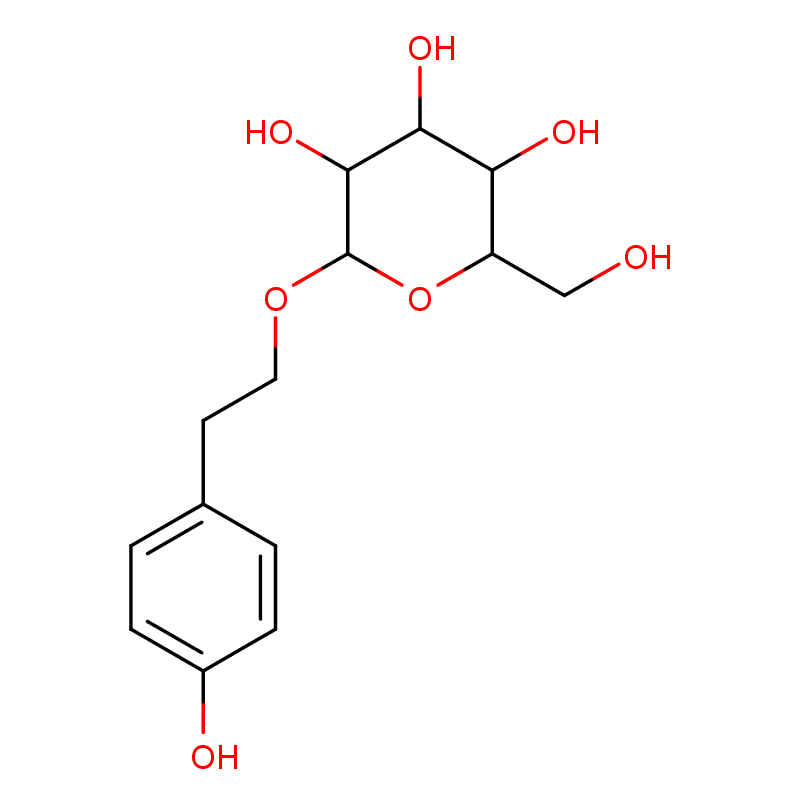
Salidroside CAS:10338-51-9
Basic Information: Product Name: Red Ginseng Glycoside CAS Number: 10338-51-9 Chinese Alias: Red Ginseng Glycoside Molecular Formula: C14H20O7 Molecular Weight: 300.31 English Name: Salidroside EINECS: 306-819-2 Density: 1.46 g/cm³ English Alias: Glucopyranoside, p-hydroxyphenethyl (7CI); Salidroside (8CI); 2-(4-Hydroxyphenyl)ethyl-b-D-glucopyranoside; 4-Hydroxy-phenyl-2-ethyl-b-D-glucopyranoside; Rhodioloside; Rhodosin; Tyrosol a-(b-D-glucopyranoside) Flash Point: 286.2°C Melting Point: 159-160°C Boiling Point: 549.5°C at 760 mmHg Rhodioloside is a natural compound found in certain plants, particularly the Rhodiola plant, also known as Golden Root or Arctic Root. For centuries, this plant has been used in traditional medicine to help improve physical and mental endurance and stress resistance. Rhodioloside is the active ingredient of Rhodiola and has been found to have strong adaptogenic properties, meaning it can help the body adapt to stress and restore balance. Rhodioloside supports both physical and mental health. Some studies suggest that Rhodioloside may help enhance exercise endurance and promote faster recovery after intense physical activity. The compound is believed to exert its effects through various mechanisms ...
Read more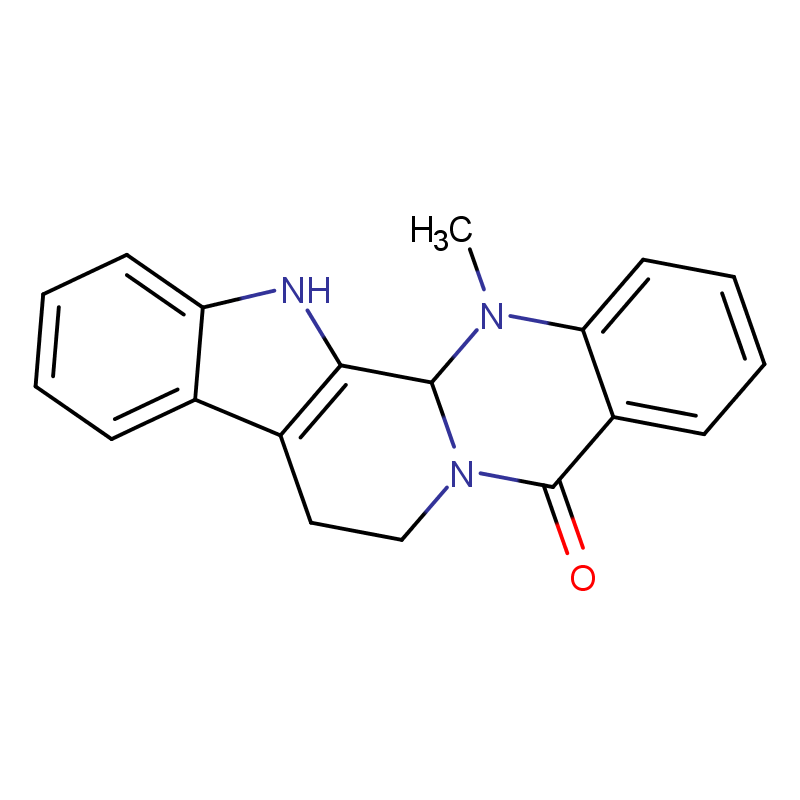
Evodiamine CAS:518-17-2
Euphorbia alkaloid is a unique bioactive alkaloid and a primary bioactive component of traditional Chinese medicine. It is found in the berries of the Evodia rutaecarpa plant, which primarily grows in China and Korea. This plant is rich in chemical diversity and has traditionally been used for various health issues. Euphorbia alkaloid exerts its effects by targeting various molecular pathways within the body. It is known to stimulate the activation of vanilloid receptors, which play a crucial role in sensing and thermogenesis. Additionally, it has been found to interact with serotonin and dopamine receptors, suggesting potential mood-enhancing properties. Features: (1) High purity: Euphorbia alkaloid can be obtained at high purity through refined production processes, which means better bioavailability. (2) Safety: Euphorbia alkaloid has been proven to be safe. (3) Stability: Euphorbia alkaloid exhibits good stability, maintaining its activity and efficacy under different environmental and storage conditions. Applications: Euphorbia alkaloid can be used as a dietary supplement. Many animal studies have shown promising results, indicating that it may help increase metabolic rate and enhance fat oxidation. ...
Read more
Spermidine CAS: 124-20-9
Basic Information: Product Name: Spermidine CAS Number: 124-20-9 Chinese Alias: Putrescine; N-(3-aminopropyl)-1,4-butanediamine Molecular Formula: C7H19N3 Molecular Weight: 145.25 English Name: 1,4-Butanediamine, N1-(3-aminopropyl)- EINECS: 204-689-0 Density: 1.00 g/mL at 20°C English Alias: 1,4-Butanediamine, N-(3-aminopropyl)- (8CI,9CI); Spermidine (6CI); 1,5,10-Triazadecane; 1,8-Diamino-4-azaoctane; 4-Azaoctane-1,8-diamine; N-(3-Aminopropyl)-1,4-butanediamine; N-(3-Aminopropyl)-1,4-diaminobutane; N-(3-Aminopropyl)-4-aminobutylamine; N-(4-Aminobutyl)-1,3-diaminopropane; Spermidin Flash Point: >230°F Melting Point: 23-25°C Boiling Point: 128-130°C (14 mmHg) Spermidine is one of the naturally occurring polyamines in all organisms, including plants, animals, and humans. It belongs to a group of organic compounds known as polyamines, which play crucial roles in various biological processes. Despite its low concentration, spermidine significantly contributes to our cellular and overall health. Notably, spermidine shows great potential in health by promoting autophagy. Autophagy is our body's natural mechanism for clearing damaged and dysfunctional cells, providing opportunities for regeneration and renewal. Studies indicate that ...
Read more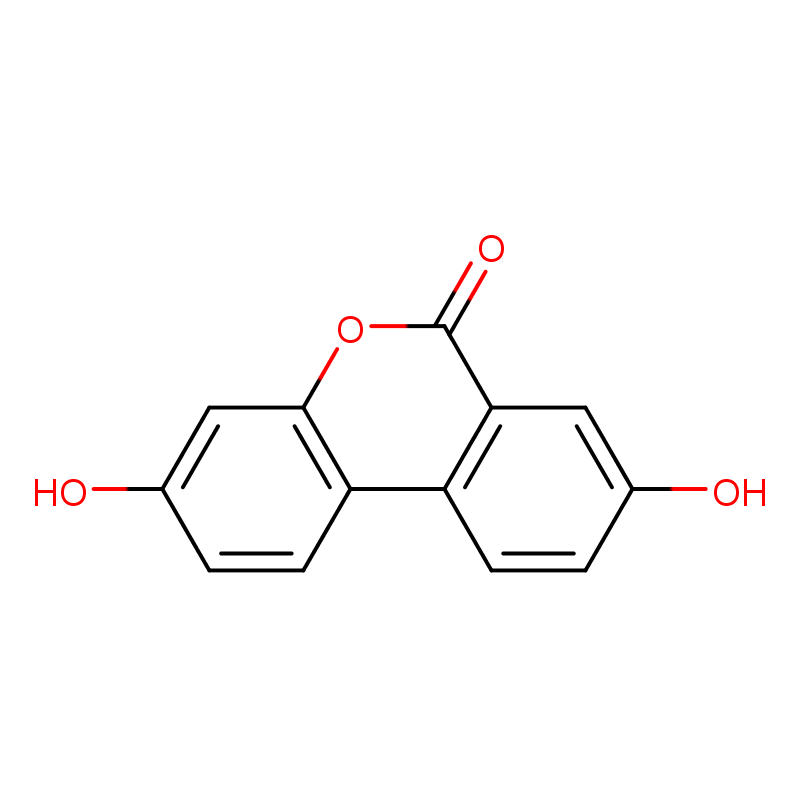
Urolithin A CAS: 1143-70-0
Basic Information: Product Name: 3,8-Dihydroxy-6H-dibenzo[b,d]pyran-6-one CAS Number: 1143-70-0 Chinese Alias: 3,8-Dihydroxy-6H-dibenzo[b,d]pyran-6-one Molecular Formula: C13H8O4 Molecular Weight: 0 English Name: 6H-Dibenzo[b,d]pyran-6-one, 3,8-dihydroxy- EINECS: 1592732-453-0 Density: 1.516 g/cm³ English Alias: 2-Biphenylcarboxylic acid, 2',4,4'-trihydroxy-, d-lactone (7CI,8CI); 2',7-Dihydroxy-3,4-benzocoumarin; 3,8-Hydroxydibenzo-a-pyrone; Urolithin A Flash Point: 214.2 °C Melting Point: 340-345 °C Boiling Point: 527.9 °C at 760 mmHg Urolithin A is a natural product that can be obtained by hydrolyzing tannins found in fruits such as strawberries and pomegranates. In recent years, it has been discovered that Urolithin A promotes muscle cell growth and metabolism, reduces oxidative stress, and has been proven to improve human health, particularly in older adults. Currently, this beneficial natural product is being further researched and developed. Through refined manufacturing processes and product positioning, Urolithin A is also sold as a dietary supplement and nutritional supplement formulation. Features: (1) High purity: Urolithin A can achieve high-purity products through natural extraction and ...
Read more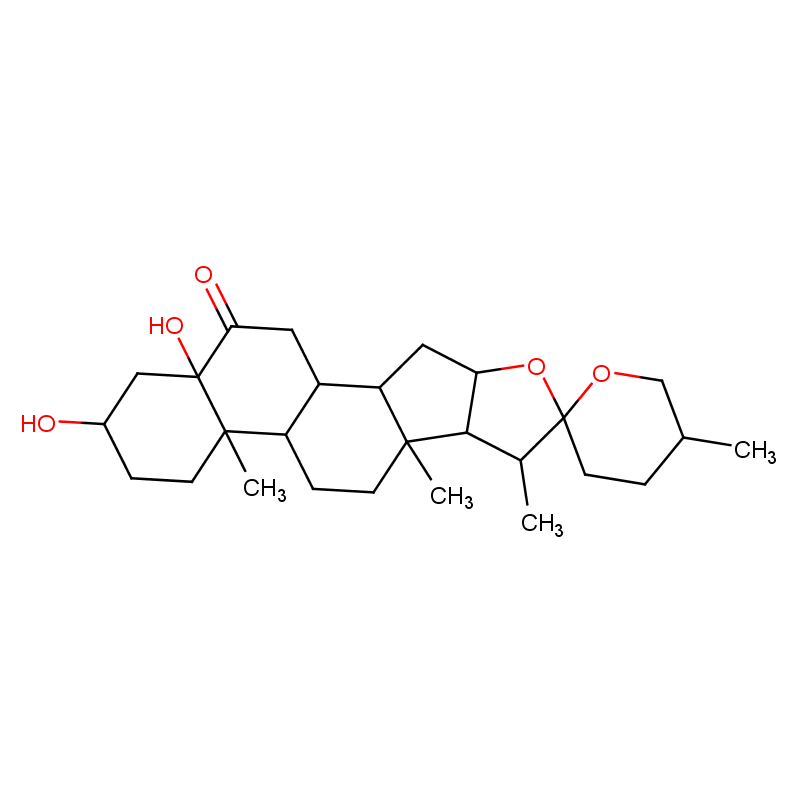
5a-Hydroxy lxogenin 56786-63-1
Basic Information: Product Name: 5α-Hydroxylaxogenin CAS Number: 56786-63-1 Chinese Alias: 5A-Hydroxylaxogenin Molecular Formula: C27H42O5 Molecular Weight: 446.619 English Name: Spirostan-6-one, 3,5-dihydroxy-, (3b,5a,25R)- EINECS: 1312995-182-4 Density: 1.21±0.1 g/cm³ (20°C, 760 Torr) English Alias: Spirostan-6-one, 3,5-dihydroxy-, (3b,5a,25R)-; 5α-hydroxylaxogenin Flash Point: Melting Point: 268-270°C (ethanol) Boiling Point: 578.4±50.0°C (Predicted) 5α-Hydroxylaso-stigmastanone, also known as 5α-hydroxylaso-stigmastanone, is referred to as a plant steroid because it originates from smilax saponin, which contains brassinosteroids. The underground stems of the Asian plant smilax contain about 0.06% of lasogenin, making it its primary natural source. 5α-Hydroxylaso-stigmastanone is also extracted from the bulbs of Chinese onions (Allium), a plant compound that is a member of a group of compounds called brassinosteroids, similar to human sex hormones derived from cholesterol. Brassinosteroids have anabolic effects and can enhance various bodily functions in humans through multiple mechanisms. However, as a unique plant-derived compound, 5α-hydroxylaso-stigmastanone can influence different pathways within the body. Additiona ...
Read moreTotal:1 page, with 12 products
Join Our Mailing List
For receiving our news and updates in your inbox directly.



